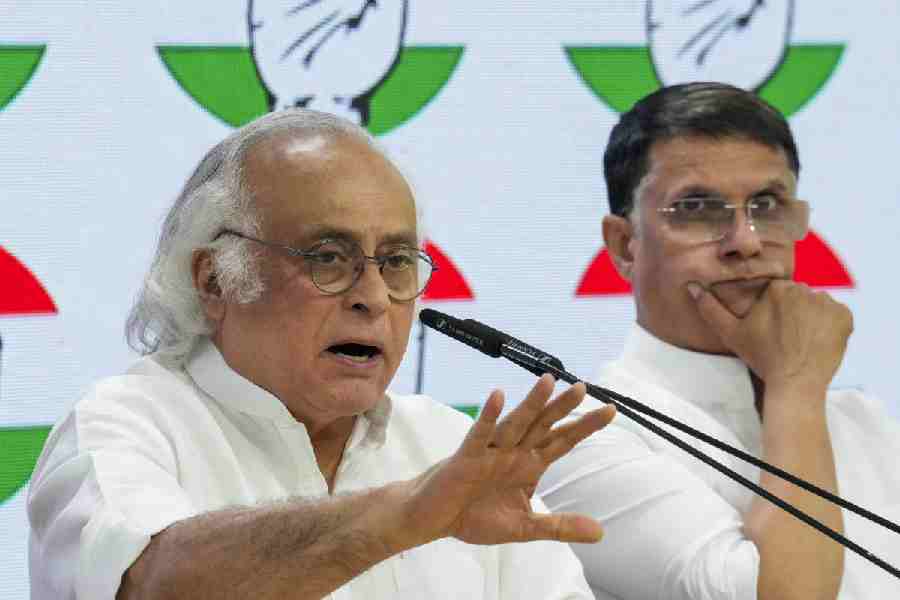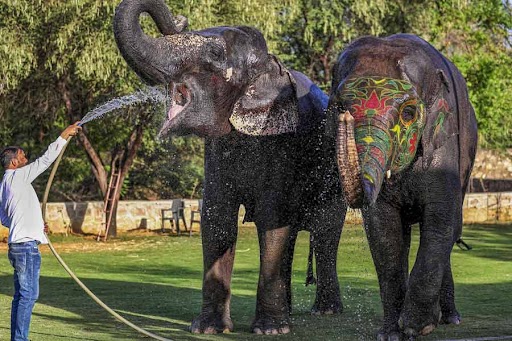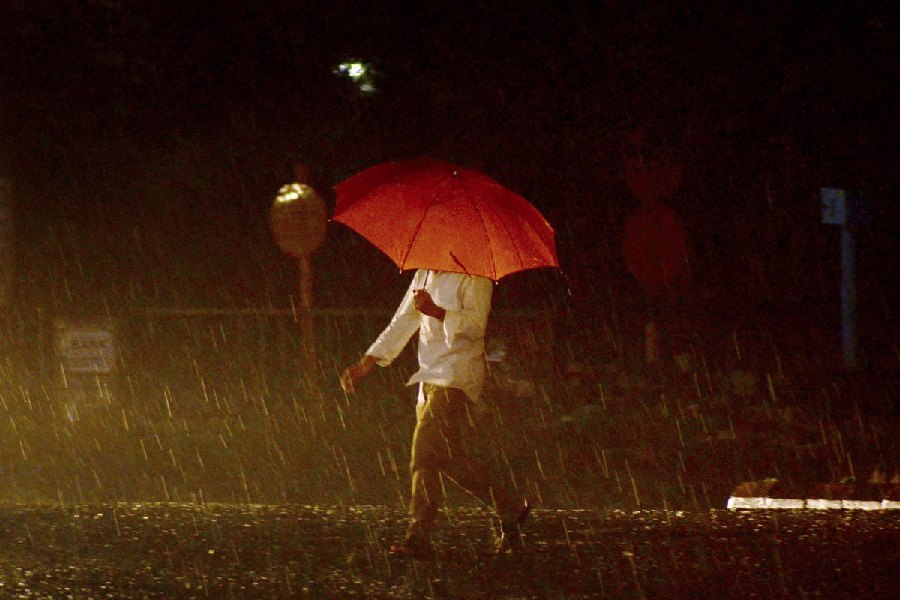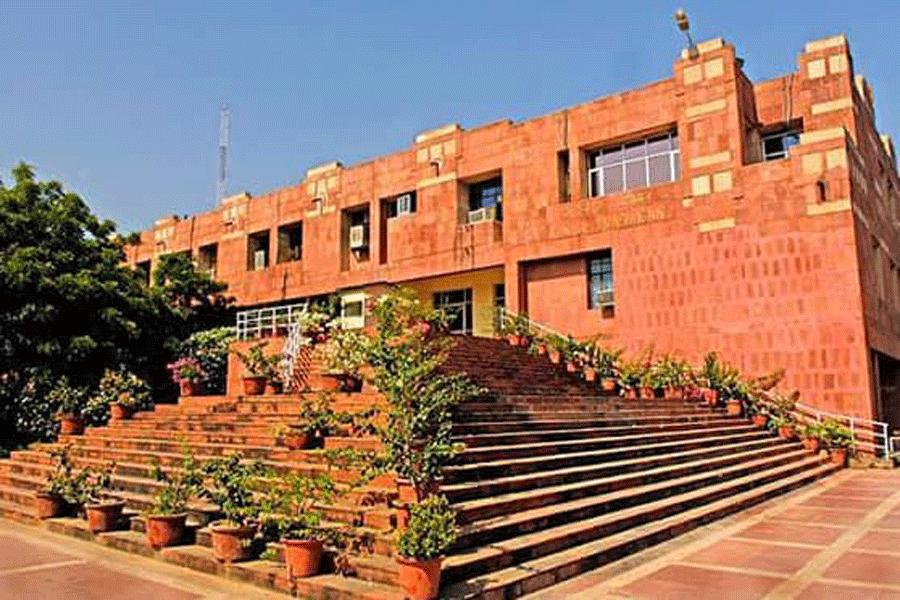|
|
| Giving freely |
I have a large number of Sindhi friends, a few are Muslim but mostly Hindus and Sikhs who migrated from Pakistan after partition. A majority of the Sindhis settled in Bombay where they have a Sindhi colony, Ulhasnagar. They spread all over the country and abroad: you will find Sindhi shopkeepers and prosperous businessmen everywhere, like Harilelas of Hong Kong. Hindujas and Lalwanis in England, Wattoomals in America. With the diaspora their distinct identity and language are threatened with extinction. Not many of the younger generation can speak Sindhi and the readiness with which they integrate with other communities will, in the foreseeable future, make them a relic of the past.
Sindhis have regional divisions of their own: Amils, Bhaibands and Shikarpuris. It is not as well known that they subscribe to both Hinduism and Sikhism. Almost all Amils, whose names usually end in ‘anti’ (the most educated of the three) revere the Granth Sahib, have gurdwaras and raagis of their own. A small proportion of them like the Lalwanis and their sons-in-law, Mansukhanis, are bearded and beturbaned Khalsas. The vast majority describe themselves as Sehjdhari Sikhs (clean-shaven but practicing Sikh rituals). Among the most outstanding were Sadhu Vaswani who set up religious and educational institutions in Pune, and Dada Chellaram, a Sikh missionary and famous singer of Gurbani. He had a large family, two of whom — Didi Kamla in Mumbai and seventh child, Lachman Chellaram and his wife Rami ji — carry on Dada’s mission with an ashram, Nij Thanw, on Pusa Road in Delhi and another large one in Solan, Himachal Pradesh. Lachman Chellaram, now in his mid-sixties, is a graduate in Divinity and undoubtedly the most erudite of preachers of Sikhism. Every year he travels all over the world preaching the gospel of the gurus. He has translated and published translations of the Granth Sahib in Gurmukhi, Sindhi (in Arabic script), Hindi, Gujarati, Marathi and English. He is currently working on a translation of Guru Gobind Singh’s, Dasam Granth in Hindi.
Lachman Das Chellaram, now with same honorific as his father “Dada”, has been honoured by the Apex Sikh body like the Shiromani Gurdwara Prabandhak Committee as well as the chief Khalsa Diwan. However, the ultra orthodox religious fundamentalists in the community prevent the Sehjdhari Sikhs from having a voice in the management of their gurdwaras. Lachman Chellaram is the living embodiment of Seeikh Farid whose hymns are incorporated in the Granth Sahib. “I am like the needle which sews people, I am not the scissor which cuts them apart.” Lachman Das Chellaram has done more to bring the Sikhs and the Hindus closer than any other person living today.
The plot singes
“Hirenbabu, you are under arrest for arson, damage of state property and causing public terror,” says a police officer to Hirenbabu while handcuffing him. There are other charges against him, including the murder of his mistress. Hirenbabu is a compulsive arsonist who set fire to his own public telephone booth, the New Market, part of Park Street, stalls of the Calcutta Book Fair, Park Mansions, a newspaper office in Chowringhee, and Firpos. He also set ablaze the Writers Building, headquarters of the West Bengal government. These are of course fantasies of a man with a sick mind. Another character is Manik Basu, renowned author of many best-sellers. He is kidnapped by the publisher, Ajit Chaudhury, and locked up in a large mansion in Prague and compelled by armed Czech gunmen to finish a novel for which he has received advance royalty. He is up against a writers block. To save his life he finishes his novel, entitled The Garden of Earthly Delights. Indrajit Hazra has adopted the same title for his second novel published by India Ink.
The link between the arsonist, Hirenbabu, and the celebrated novelist, Manik babu, is tenuous beyond credibility. Hazra explains it in the epilogue to his version of the book. He was inspired by a novel by the late Premendra Mitra, famous for writing tales “that were pegged to facts without the reader or the judicial listeners ever knowing for sure what were his and what were truths…Premendra Mitra knew the aesthetics of fibbing and he knew that the best lie is the one which is heavily propped up on all sides by genuine facts.”
Hazra re-creates Mitra’s charade to tell his story. He is one of quintet forming an adda, a very Bengali stag club where only men get together, sponge cigarettes off each other as they sip cups of tea and gossip away the hours. Hirenbabu breaks the rules of the all-male club by installing his mistress in the same apartment from where he runs his public telephone booth. He is an insomniac and spends his nights attending to his clients as well as consorting with his mistress. So other members of the adda dress themselves as hijras and smash up his telephone booth. He himself sets fire to his flat which consumes his mistress as well. Then he takes on the rest of Calcutta, presumably to build a new Kolkata of his dreams. It is as bizarre a tale as I have read and yet highly readable.
A common property
Everyone knows where a full stop is used,
An exclamation mark is rarely abused!
With the colons and semis, there’s never any trouble,
Nor with the inverted comma, single or double.
With the hyphens you can scarcely go wrong,
Nor with the dashes, short or long.
But, the comma is truly a conundrum—
Easy for others, torture for some.
On the use of the comma no two folks agree,
To use it where one likes one is free.
So, while there is a personal pronoun,
As a personal punctuation we shouldn’t frown.
While all punctuation marks have a destined fate,
The comma is always open to debate.
I’m sure I’ve used it right and strong
Till another blighter comes and proves me wrong.
So, against the comma I keep pitting my wits,
Never knowing where the wretched thing fits.
In short, I contort in mental trauma,
In pinning down the mischievous comma.
The comma’s misnomer, may I remark?
A comma’s no comma…it’s a question mark!
(Contributed by Anuradha Paul, Nagpur)











